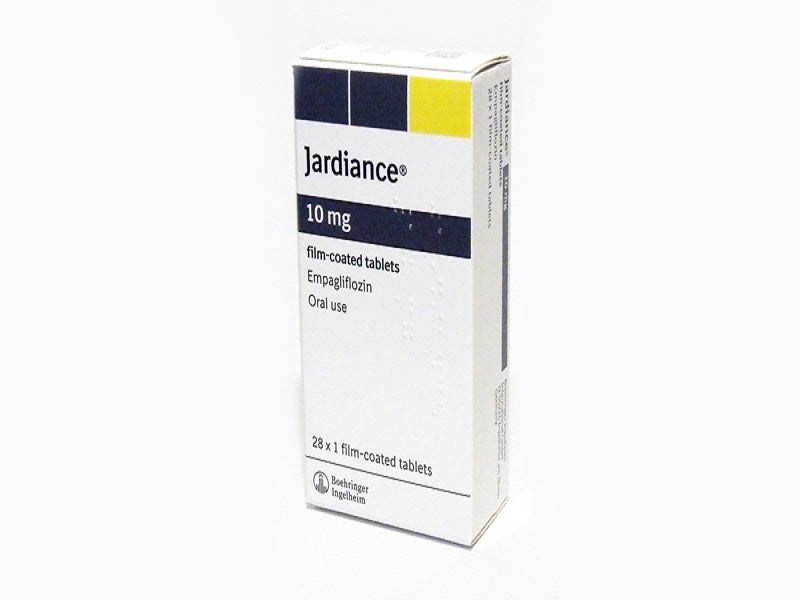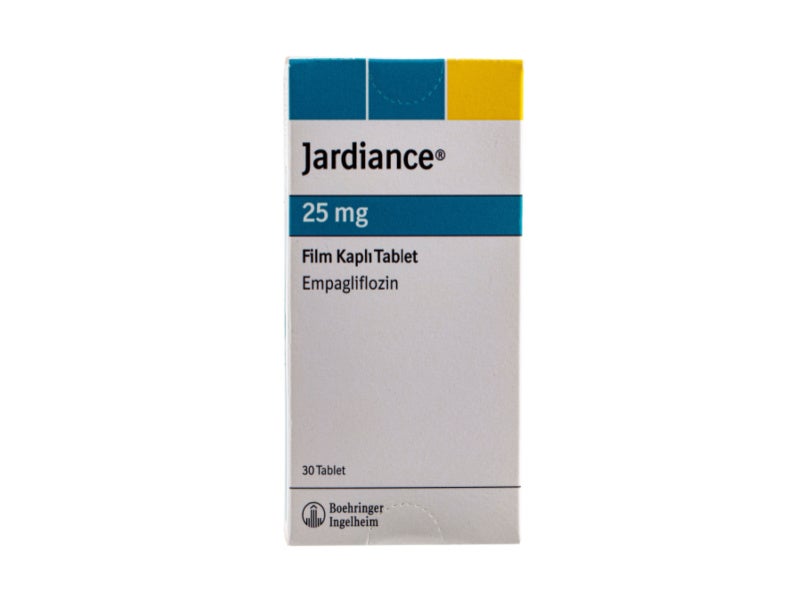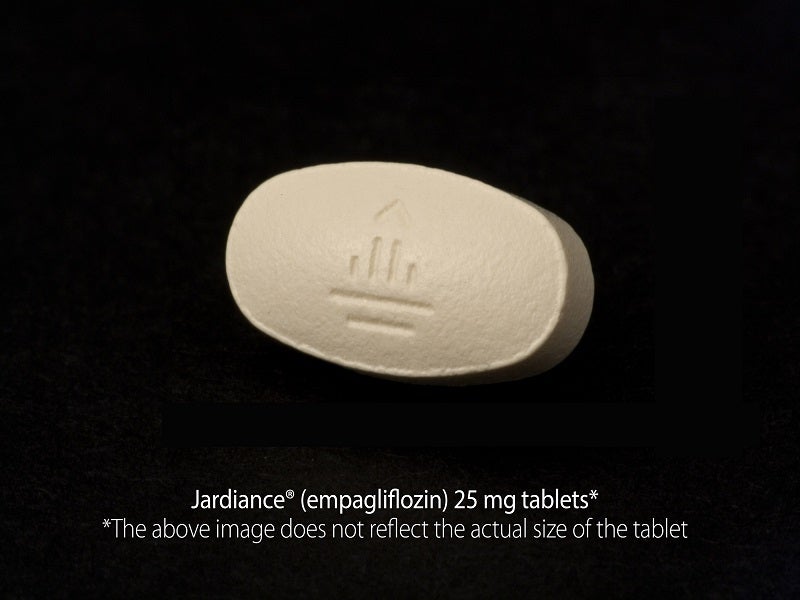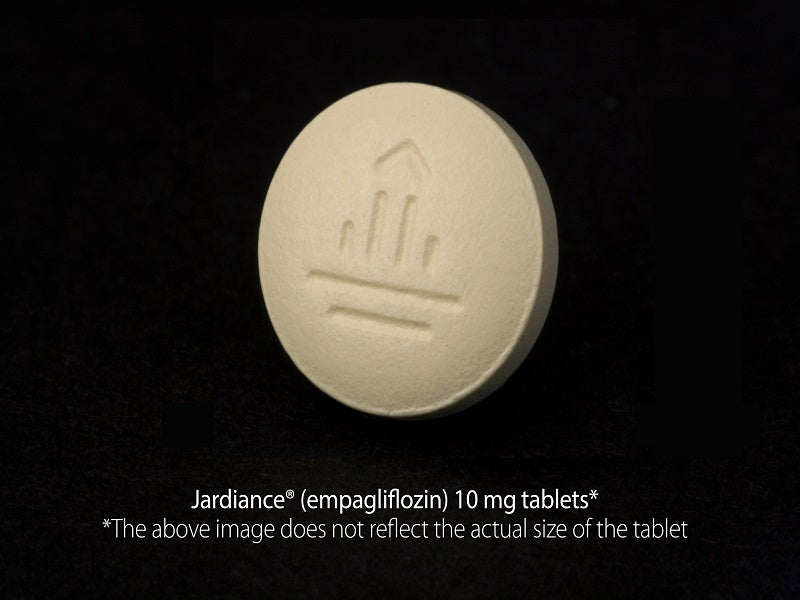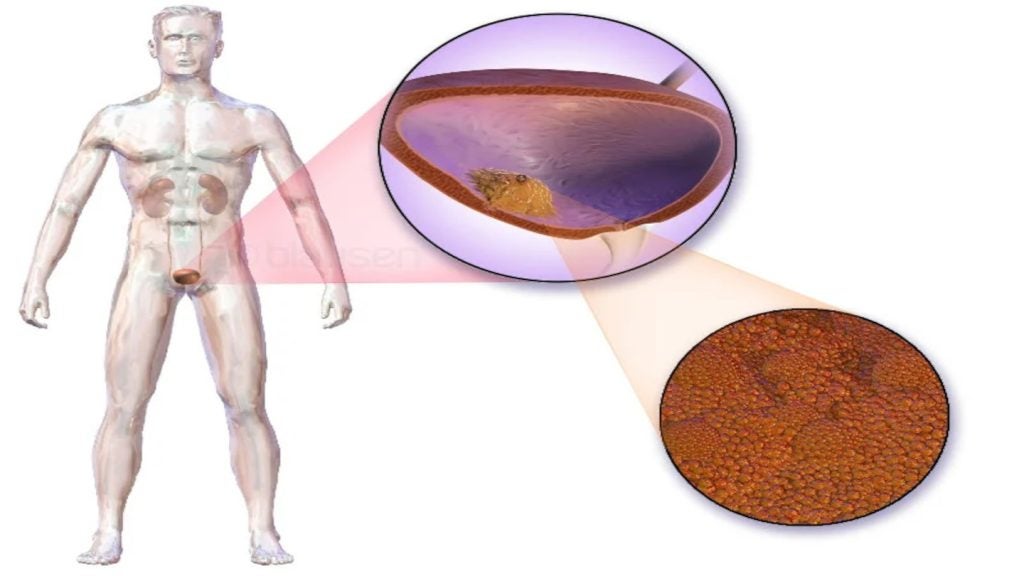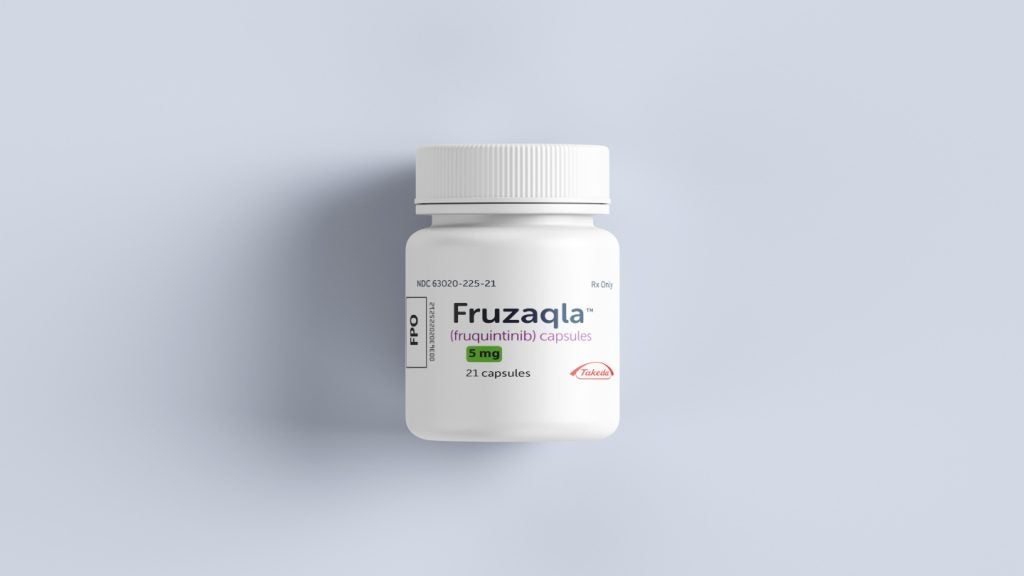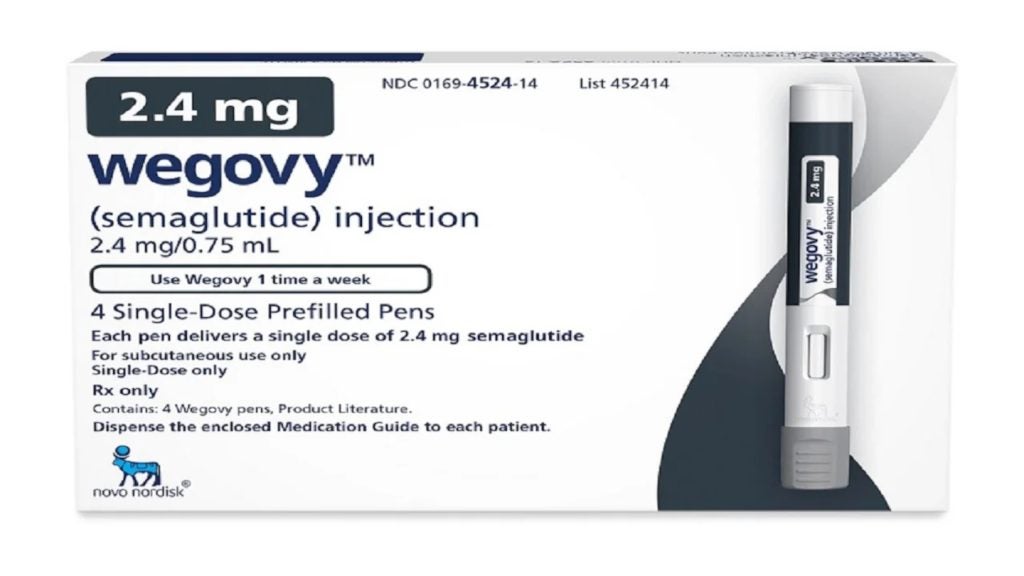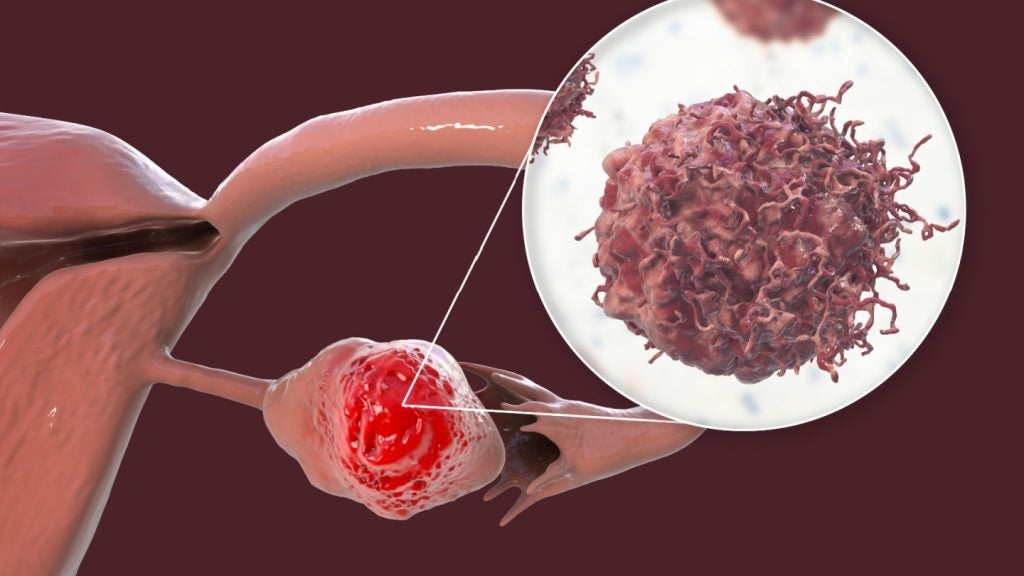Jardiance® (empagliflozin) is a prescription medicine used to reduce the risk of cardiovascular death (CVD) plus hospitalisation in adults with heart failure with reduced ejection fraction (HFrEF). It is also used in addition to diet and exercise for improving blood glucose levels and reducing the risk of CVD in adults with type 2 diabetes (T2D).
The drug is also indicated to reduce the risk of CVD and hospitalisation for heart failure in adults with heart failure.
Developed by Boehringer Ingelheim and Eli Lilly, the drug is available as pale yellow, bi-convex film-coated tablets containing 10mg (round-shaped) or 25mg (oval-shaped) of empagliflozin.
Regulatory approvals for Jardiance
Jardiance was first approved as an adjunct to diet and exercise to improve glycaemic control in adults with T2D by the European Commission (EC) in May 2014 and by the US Food and Drug Administration (FDA) in August 2014.
In December 2016, the FDA expanded Jardiance’s label to reduce the risk of CVD in adult patients with T2D and cardiovascular disease. The EC included CVD reduction data in the drug’s label in January 2017.
In October 2020, a supplemental new drug application (sNDA) for Jardiance was submitted to the FDA for reducing the risk of CVD or hospitalisation for heart failure in adults with HFrEF. The sNDA was accepted for review in January 2021 and Jardiance was approved for the indication in August 2021.
The drug received marketing authorisation in Europe for symptomatic chronic HFrEF in June 2021, after a positive recommendation by the European Medicines Agency’s (EMA) committee for medicinal products for human use in May 2021.
Jardiance was approved by Japan’s Pharmaceuticals and Medical Devices Agency in November 2021 for the treatment of chronic heart failure in patients receiving standard treatment.
In November 2021, an sNDA for Jardiance for adults with heart failure independent of left ventricular ejection fraction (LVEF) was accepted for review by the FDA and granted priority review. Jardiance was approved for the indication in February 2022.
Jardiance was approved by the EC for the treatment of adults with symptomatic chronic heart failure regardless of ejection fraction in March 2022.
Health Canada approved Jardiance for the treatment of heart failure in adults as an adjunct to standard-of-care therapy in April 2022.
The Central Drugs Standard Control Organisation of India approved Jardiance for the treatment of adults with heart failure with preserved ejection fraction (HFrEF) in May 2022.
In January 2023, the FDA accepted an sNDA for Jardiance for reducing the risk of kidney disease progression and CVD in adults with CKD.
HFrEF causes and symptoms
HFrEF, or systolic heart failure, is a complex clinical condition characterised by structural or functional left ventricular dysfunction. It occurs when the heart muscle fails to contract effectively, resulting in 40% or less LVEF, or less blood being pumped out to the body than in a heart that is working normally.
More than half of all heart failure cases are caused by HFrEF. The condition is associated with inadequately oxygenated blood being supplied to tissues and organs.
HFrEF’s signs and symptoms include dyspnoea, oedema, tiredness and decreased tolerance for exercise.
Jardiance’s mechanism of action
Jardiance is a selective inhibitor of sodium-glucose co-transporter 2 (SGLT2), the primary transporter responsible for reabsorbing glucose from the glomerular filtrate and reintroducing it into blood circulation.
SGLT2 inhibition decreases the renal reabsorption of filtered glucose, causing kidneys to excrete glucose from the body through urine.
Jardiance also decreases sodium reabsorption while increasing sodium distribution to the distal tubule, which may impact several physiological processes such as lowering both the heart’s preload and afterload and decreasing sympathetic activity.
Clinical trials on Jardiance
Jardiance’s safety and efficacy for patients with heart failure and HFrEF were investigated in EMPEROR‐Reduced, an international, randomised, double-blind Phase III clinical trial.
In the clinical study, 3,730 patients, with or without T2D, having chronic heart failure with 40% or less LVEF, were enrolled and randomised to receive Jardiance (1,863) 10mg or placebo (1,867). These patients were then followed for 16 months.
The study’s composite primary endpoint was the time to the first event of CVD or hospitalisation for heart failure (HHF). The secondary endpoint was the occurrence of first and recurrent HHF.
Jardiance significantly reduced the risk of CVD or hospitalisation for heart failure by 25% compared to placebo. It was also found to be superior in reducing the occurrence of first and recurrent HHF by 30% compared to placebo.
The drug’s safety profile for the condition was consistent with its established safety profile. The most common adverse effects reported during the clinical study were urinary tract infections and female genital mycotic infections.
The FDA approval for Jardiance to reduce the risk of CVD and hospitalisation in adults with heart failure regardless of LVEF was based on the EMPEROR-Preserved® phase III trial. Jardiance 10mg was compared with placebo in 5,988 adults with heart failure with LVEF of more than 40%. The drug showed a 21% reduction in risk of CVD and hospitalisation compared to placebo.

